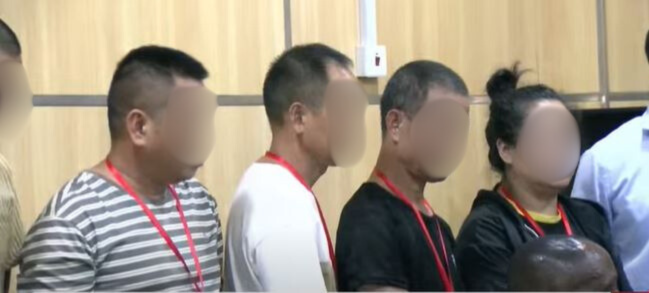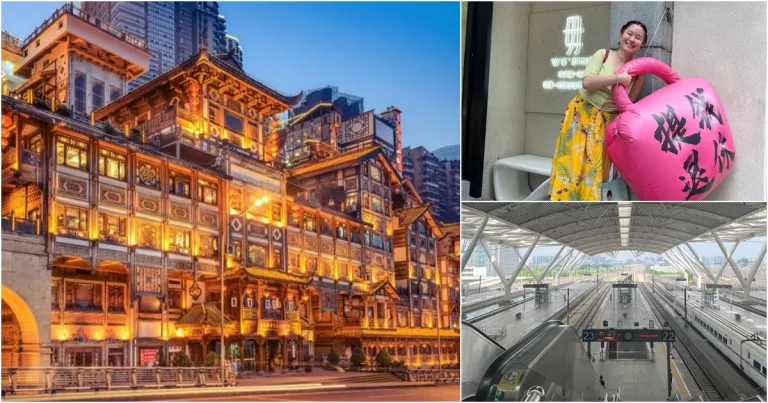A Malaysian Guide to Budget Travel in Japan [Updated 2025]
Without a doubt, Japan remains a dream destination for many Malaysian travellers. However, the common refrain persists: "Japan is very expensive, leh!" While it's true that Japan can be a costly destination, the good news is that budget travel is still absolutely achievable with some smart planning.
Interestingly, since I first wrote this article all those years ago, the Japanese Yen has significantly weakened against the Malaysian Ringgit. Back then, the exchange rate was around . As of early May 2025, the rate hovers around ! This means your Ringgit will stretch even further now, making that budget trip to Japan even more attainable!
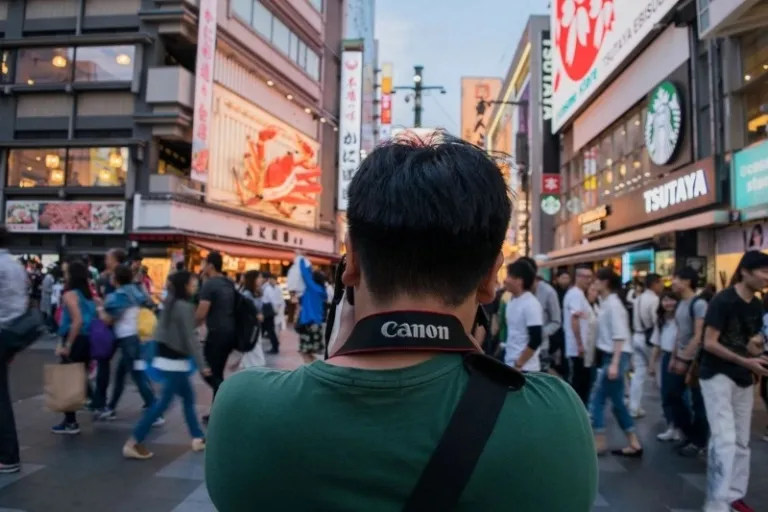
Long story short, in 2017, my friend and I managed to travel Japan for 12 days (10 excluding travel days) for less than RM5,500 each, including flights and accommodation. And with the current exchange rate, you might even be able to do it for less! Let me show you how:
: All Ringgit Malaysia (RM) conversions in this updated article are based on an approximate exchange rate of RM1 = ¥34 as of early May 2025. Prices will be rounded off for easier estimation.
Our initial strategy of taking a budget flight via Hong Kong proved to be a significant cost-saver.
In 2017, we flew from to with AirAsia and it cost us around . However, given that Hong Kong Express recently launched a new Penang - Hong Kong route, you may even be able to score a better deal if you stumble on a promo.
Our flight from Hong Kong to Tokyo Narita International Airport (direct) was about . Again, prices fluctuate, but budget carriers like HK Express or Jetstar Japan often have competitive fares, although prices for flights, in general, are much higher these days.
: Assuming you're travelling during the shoulder seasons like September, your airfare to Japan (single trip) could be between RM800 to RM900, depending on how you travel. Meaning, 8 years later, flying from Malaysia to Japan is around 20 to 30% more costly, though not too expensive if you can find promos.
The key here is still booking early (ideally 1-3 months in advance) and considering weekday flights, which tend to be cheaper. Don't forget to explore direct options with AirAsiaX to Osaka (Kansai International Airport) as well, as they sometimes offer good deals.
: Use flight aggregator sites like Skyscanner to find cheap tickets for flights. Bear in mind, sometimes, it's cheaper to fly to/from Osaka than Tokyo.
The remains a point of discussion for budget travellers. It offers unlimited rides on most JR lines, including Shinkansen bullet trains.
A 7-day Japan Rail Pass is currently priced at for adults. Prices have increased since 2017.
Get this pass IF you plan extensive travel across Japan using the bullet trains. A round trip between Tokyo and Kyoto can easily cost upwards of these days, making the pass worthwhile for such itineraries. You can purchase it online through the official JR Pass website or licensed overseas agents before your trip.
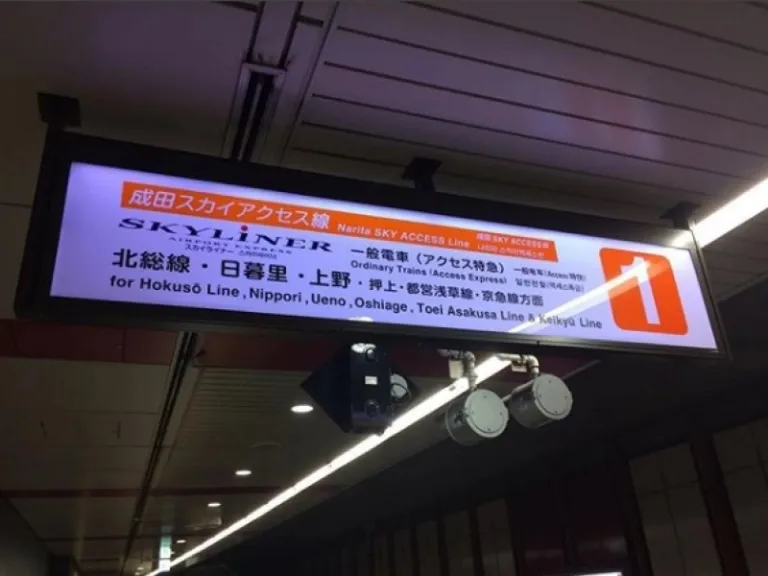
However, just like my friend and I in 2017, you might find that a regional pass suits your itinerary better. Since we planned to spend 4 days in Tokyo, 3 in Kyoto, and 3 in Osaka, the was a more economical choice for us.
The JR Kansai Wide Area Pass (5-day validity) now costsfor adults. The price has seen a slight increase.
This pass covered our travel within the Kansai region perfectly. For our travel in Tokyo, we had to purchase separate tickets.
The train ticket from Narita Airport to Ueno cost us about . The price in Japanese Yen has remained the same, so it's actually cheaper now.
Average subway and metro tickets in Tokyo now range from per ride. Over four days, using a combination of subway and walking, we likely spent around .
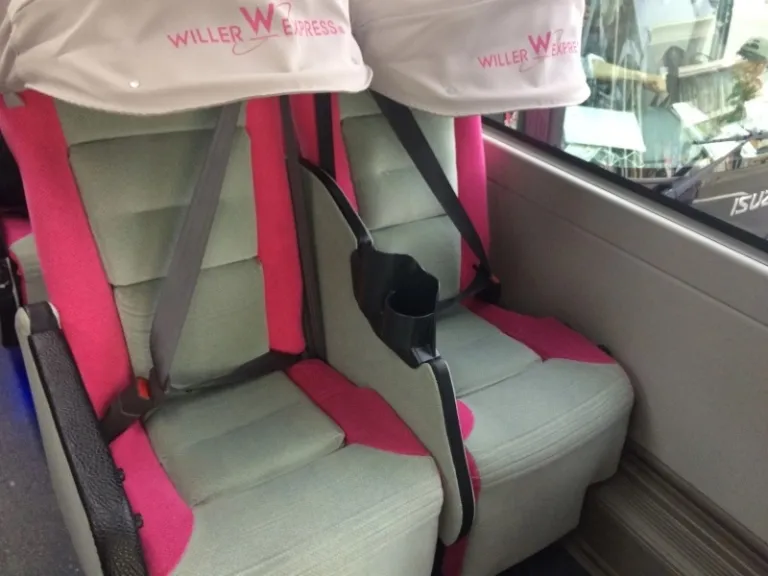
Our most significant single transport cost in Tokyo was getting to Kyoto. Since the Shinkansen was too expensive without a JR Pass, we opted for a highway bus.
Highway bus fares between Tokyo and Kyoto can range from depending on the coach class and time of travel. Our early morning bus cost . Night buses are still a great option to save on accommodation costs. Prices have remained largely the same:
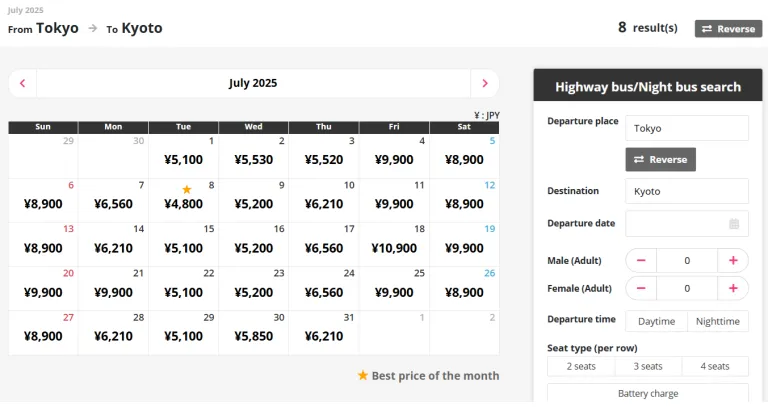
Let's compare how much we spent in 2017, and how much it would cost in 2025:
: RM328 (Kansai Wide Area Pass) + RM90 (train from airport to hostel) + RM170 (metro and subway fares in Tokyo for 4 days) + RM195 (bus to Kyoto) = RM783
: RM350 (Kansai Wide Area Pass) + RM75 (train from airport to hostel) + RM180 (metro and subway fares in Tokyo for 4 days) + RM160 (bus to Kyoto) = RM765
About roughly the same, I would say. Not bad, after an 8-year gap!
Since the global chip shortage, the regular Suica and Pasmo IC cards faced temporary sales suspensions. However, two new cards have emerged for tourists: the Welcome Suica and the Pasmo Passport. These prepaid cards offer similar convenience for contactless payment on most public transport in Tokyo and other regions.
They typically have a validity period (e.g., 28 days for Welcome Suica) and might have slightly different designs or promotional offers. It's worth researching these options closer to your travel dates, as they can simplify local travel significantly.
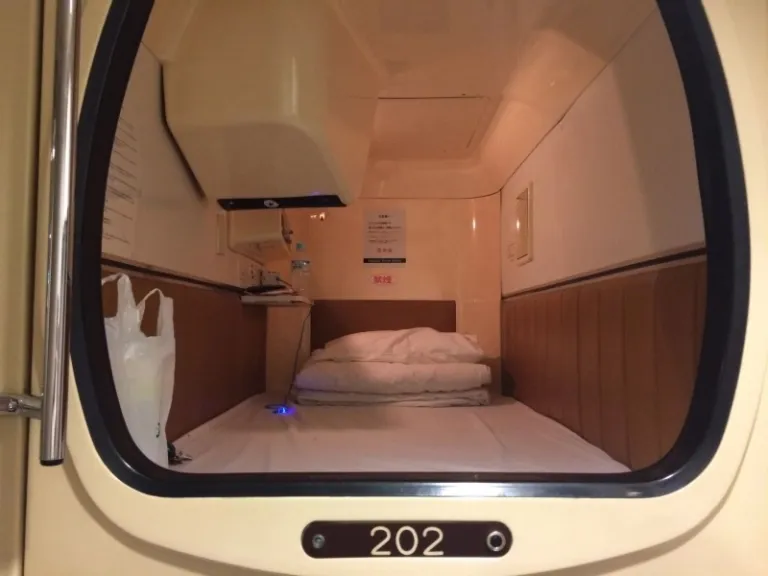
Budget-friendly accommodation options in Japan remain diverse and interesting. Our strategy of using capsule hotels, ryokans, and guesthouses proved to be very economical.
We spent a total of in 2017, which translates to . Divided by two people and 11 nights, that's roughly per person per night. Throughout our entire journey, we only stayed in capsule hotels (Tokyo), ryokans (Kyoto) and guesthouses (Osaka). You might think that we skimped out on luxury, but looking back, I don’t feel like we did. While we didn’t get the 5-star hotel treatment, we got to experience a raw, humble taste of Japan’s travel culture you would never get if you travelled with a tour group.
Let's see if these prices are still possible or even realistic, especially given the new Tourist Tax:
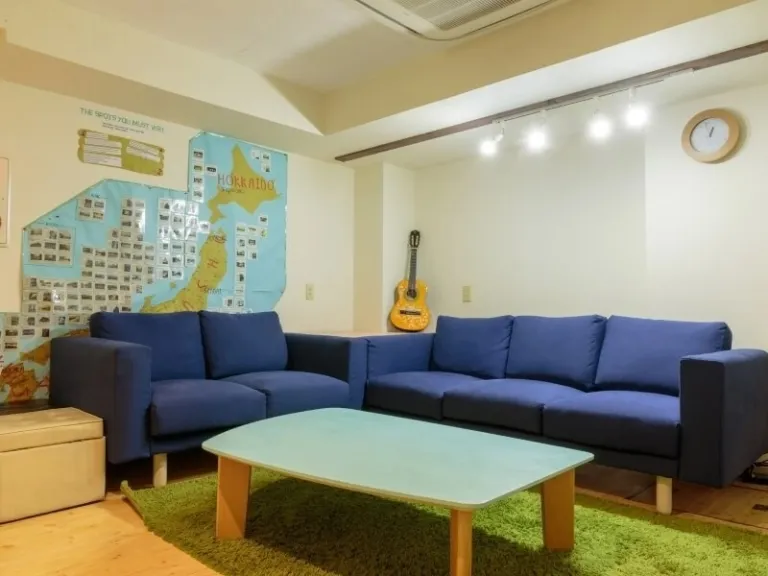
Using Booking.com, we realised that of all the accommodation we used in 2017, only our Kyoto guesthouse, Santiago Guesthouse, is still available. Price for 3 nights was listed as around RM350, which is slightly higher than in 2017 but not too far off.
2017: RM650 (air fare) + RM783 (transport) + RM785 (accommodation) = RM2,218.
2025: RM800 (air fare) + RM765 (transport) + RM1000 approx. (accommodation) = RM2,465.
Again, slight increase overall.
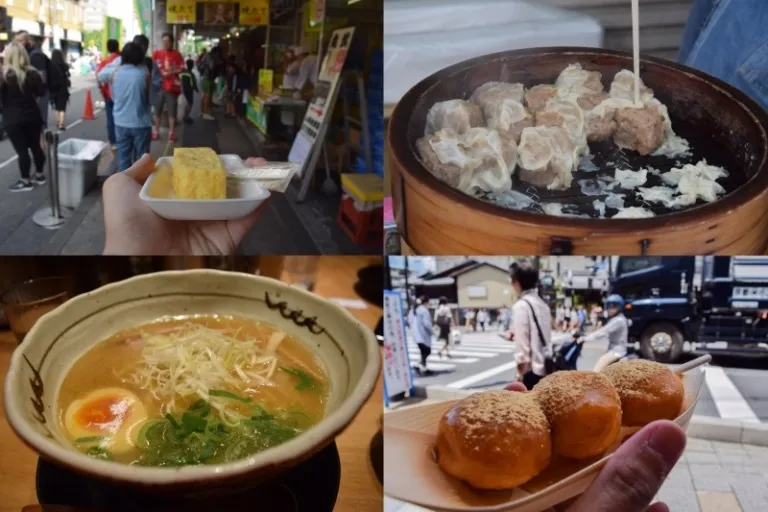
The food in Japan is absolutely delicious. I swear, those Japanese restaurant chains in Malaysia can’t even compare. But of course, if you’re travelling on a budget, you might think that food in Japan is expensive.
Well, it really depends on how you enjoy food in Japan. The food culture there is so diverse that you can find something yummy at almost any corner of the street.
Donburi (Japanese rice bowl dish) is one of the most economical food options in Japan. You can find them in chain stores like and . These places are super packed during lunch hour as people flock to them for a tasty, filling meal.
Menus in these places often come in dual languages (English and Japanese) and a typical meal in 2025 costs between , depending on portion size and add-ons. A quick check on the Yoshinoya website shows that my beloved kare gyudon was now around . Back then, it was ¥550.
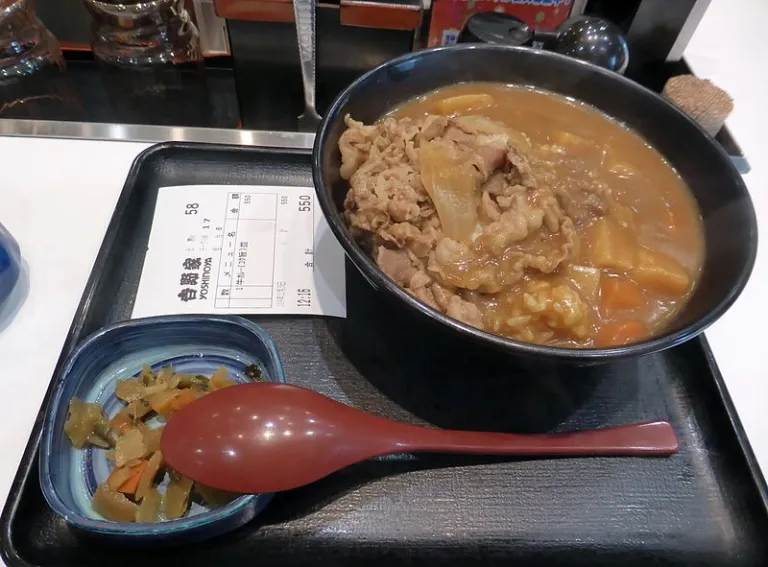
Another affordable option is to eat at a yatai. I think we, as Malaysians, will like this the most. Yatai are essentially food carts that you typically find in night markets. in and areas around in are still fantastic for delicious street food. Prices for ramen, yakitori, takoyaki, and tempura will vary but are generally quite reasonable. Expect to spend around per item/serving in 2025.
The most economical way to eat in Japan is still by getting food from convenience stores. The quality and variety at Lawson, Family Mart, and 7-Eleven remain impressive. Bento boxes, sandwiches, onigiri, and oden might now average between

If you're looking for some sushi (of course you are!), I recommend visiting a standing sushi bar or a more casual establishment. These are easily available in Tokyo's busy Shibuya and Shinjuku districts. Depending on the type of sushi, each piece costs between , so it's likely one of the more expensive culinary experiences you'll have in Japan, but it's well worth it!
Meanwhile, a ramen bowl costs around , and a meal at an Izakaya with drinks costs around Take note that most establishments are slightly pricier during dinner service than lunch.
— This is a rough estimate, and there were days that we spent far lessIf we go by prices today, it would probably be closer to around . Not too much difference, thanks to the better rates these days.
Some of you might not believe this, but for attractions (things to see, do, etc.), we spent less than in 2017. That's because many of Japan’s most iconic sites were free and still are today!
In fact, most of Japan’s famous shrines and temples offer free entry. The only attractions we visited that required an entrance fee were for the inner sections of and . For now, . And even then, you can decide not to pay anything and still be able to enjoy the beautiful scenery outside! Check out some of the wonderful places you can visit FOR FREE:
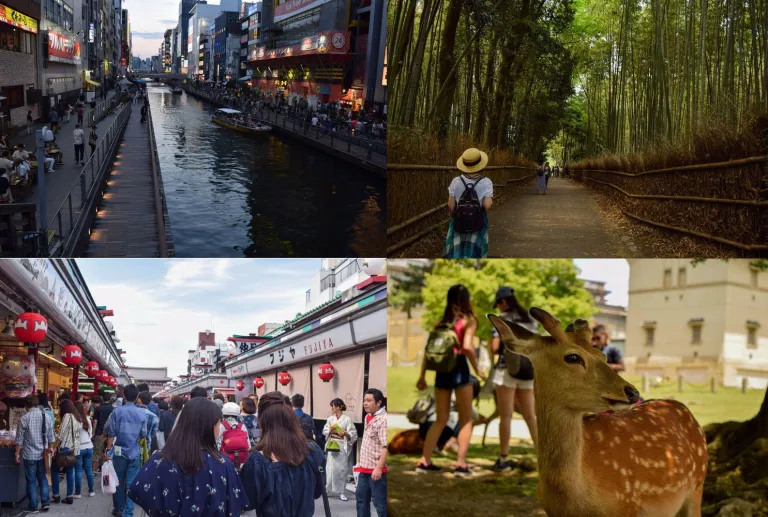
Clockwise from left: Dotonburi, Osaka: FREE; Arashiyama Bamboo Forest, Kyoto: FREE; Nara Park: FREE; Sensoji Temple, Tokyo: FREE
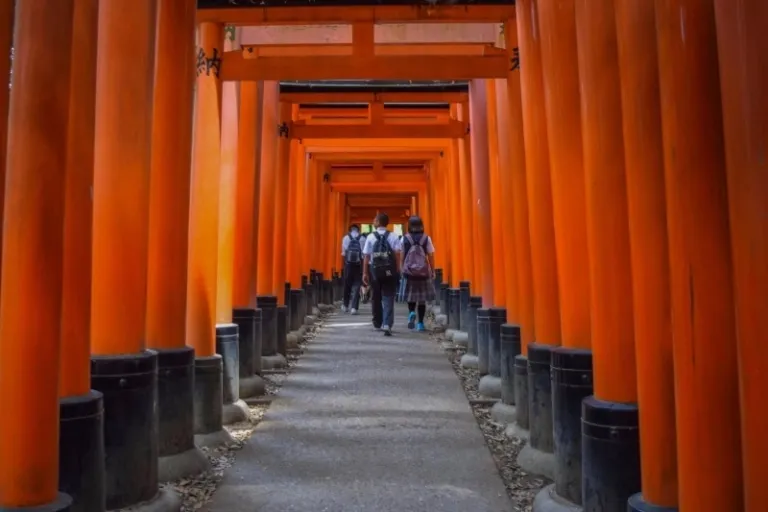
Fushimi Inari: FREE
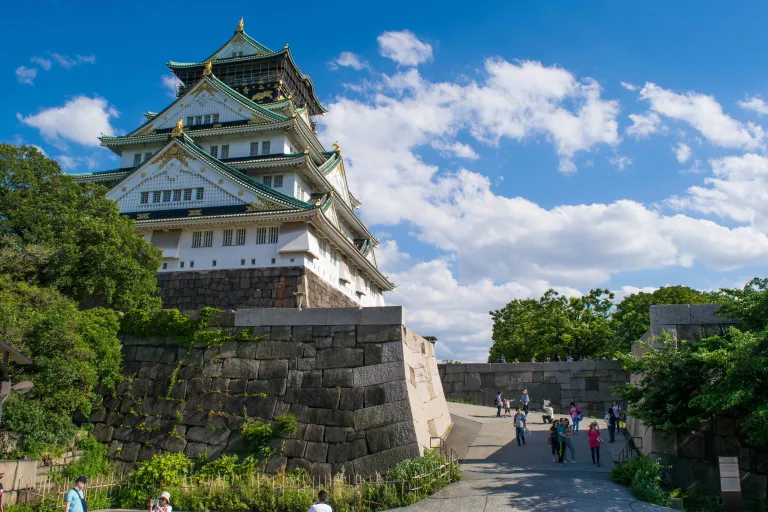
Osaka Castle: FREE, entry fee only for the castle interior
So, how did we manage to spend on attractions if everything was free? Well, of it was for our single-day pass into Universal Studios Japan. The rest of the money we spent on the gaming arcades in Akihabara, Tokyo.
The price of tickets for Universal Studios seems to have changed and currently costs around - thank goodness for price conversion). However, it's better to book your tickets online through authorised agents as they could offer even cheaper package deals, including entry to the new attraction!
P.S., we didn’t get a chance to, but if you’d like to visit some concept cafes in Tokyo, like owl cafes or maid/robot cafes, setting aside should be more than enough. Also, if you want to catch an AKB48 concert, tickets cost around at the AKB48 Theatre in Akihabara, Tokyo.
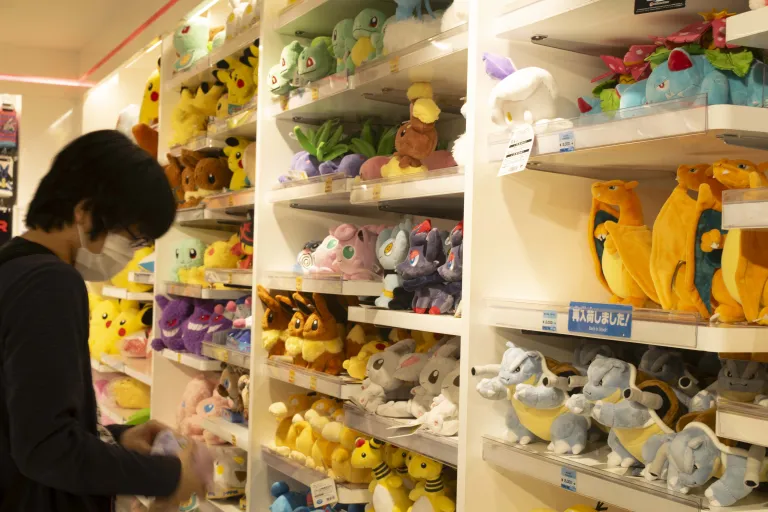
Last but not least, shopping! Depending on how you shop and what you buy, this could actually be your biggest expense! Japan is a shopper's paradise, especially for anime and unique souvenirs.
Anime figures in Akihabara and Nipponbashi might range from ¥3,500 to ¥18,000+ (approximately RM105 to RM522+) depending on quality and rarity. Akiba Cultures Zone remains a great place for pre-loved and potentially cheaper options.
For Japanese souvenirs like matcha, wasabi, and snacks, supermarkets, pharmacies (drug stores), and convenience stores are still your best bet. Prices might have slightly increased, but you can still find many items for under ¥350 (approximately RM10). Matcha might now average around ¥500 (approximately RM14).
100 yen stores (now often 110 yen including tax) and neighbourhood markets are still fantastic for affordable chopsticks, tableware, and trinkets.
Estimated 2025 Shopping Budget: Keeping our initial budget of RM1,000 from 2017 for souvenirs should still be reasonable, especially if you're mindful of your anime figure purchases.
So, RM5,500 – RM2,465 (flight, transport and accommodation) – RM1,190 (food) – RM300 (attractions) - RM1,000 (shopping) = RM545 remaining.
But Wait!
Some of you might have noticed: I didn’t mention anything about return tickets! That’s because instead of going home, my friend and I hopped on another budget airline (Peach Aviation) and flew to Busan, South Korea, from Osaka (RM280).
But if you’re looking to head home to the sweet smell of nasi lemak and teh tarik, you can easily get cheap flights from Japan to Kuala Lumpur for less than RM1000 on some budget airlines.
With the addition of the flight tickets home, the final expenditure would still come up to just under RM6,000 in 2025, so it's definitely a marked increase, but depending on how you travel, it's still possible to visit Japan on a budget of RM5,500!
So there you have it! Budget travel in Japan in 2025 is not only possible but potentially even more affordable thanks to the current exchange rate. With a bit of smart planning, prioritising your spending, and embracing local budget-friendly options, your dream trip to the Land of the Rising Sun awaits!
Also read: The Malaysian Guide to Budget Travel in South Korea




